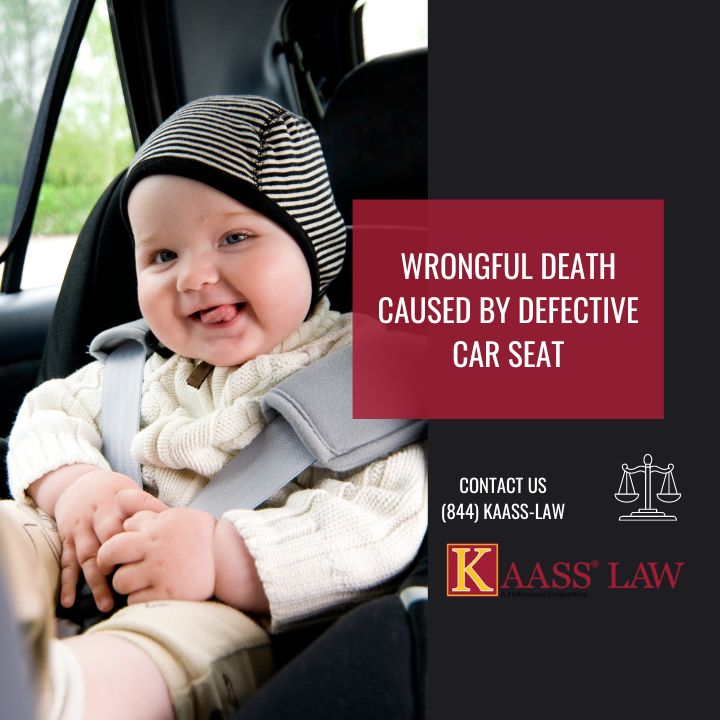Child seats save lives and protect the most vulnerable passengers in motor vehicles. Young children must also ride in proper booster and safety seats for their height, weight, and age in California. However, defective car seats and boosters can cause significant injury and even death to young children.
Common Booster and Safety Seat Defects
According to state laws and regulations, all children under the age of eight must be in an appropriate car seat, with certain exceptions for older children whose parents are in the vehicle. To guarantee that tiny children are safe in the case of an accident, these standards differ based on the child’s age and weight.
While victims of catastrophic automobile accidents nearly always experience some injuries, the assumption is that a child safety seat, booster seat, or harness should decrease these risks and save the lives of little children. When car seat and child seat manufacturers fail to regard kid safety, the civil court system can frequently find them legally accountable.
Our Lawyers Can Represent Clients Whose Children Got Injuries:
- Driver seatbacks that collapse and injure children in the back seat,
- Backless booster seats that provide no head or neck protection,
- Shield-type booster seats that allow children to hit their heads or slip out of the seat,
- Convertible child carriers that come apart,
- Insufficient designs on car seats.
Car Seat Industry Safety Standards Are Inadequate
Part of the problem with child car seat injuries stems from the absence of proper safety requirements for car seat manufacturers. There are presently no industry-wide regulations for safe performance in a kid seat in a rear-, side-, or rollover collision. Children who are too big for a child seat but too tiny to be securely secured by the vehicle’s seat belt system, are also in danger of harm.
What Can I Do to Avoid Purchasing an Improper Child Car Seat?
It may be upsetting when you rely on a product to keep your children safe and that product fails. Keep up with safety recalls and unfavorable publicity for any seats or manufacturers to avoid purchasing a faulty kid car seat. The NHTSA offers a webpage dedicated to informing customers about the most recent recalls.
What Causes a Defective Child Car Seat?
The following are examples of common car seat flaws:
- A shattered foundation,
- Handles that are defective,
- Latch failures,
- Failure to properly lock and unlock buckles,
- Flammable substance.
If you’re tempted to buy or give away an old car seat, resist. Child car seats have a shelf life. You will not be penalized or charged if you use an expired or used car seat. They can develop cracks and lose their straps with time, resulting in catastrophic failure in an accident. Also, do not purchase a secondhand child car seat from the internet. You don’t know the seat’s history, which puts your child at risk in an accident.
When your children are close in age, this is an exception. You can hand it down to the younger child as long as the seat is still safe to use.
Fighting for Defective Child Car Seat Victims
Children who survive a vehicle accident with a faulty safety seat may miss out on a lifetime of chances ranging from lifelong paralysis to traumatic brain damage to spinal cord injuries – and regrettably, many of the tiniest children cannot survive such a crash at all. Our experienced personal injury attorneys at KAASS LAW have considerable investigative tools to assist you in exploring all legal options following a tragic death or catastrophic injury. You can contact us at 310-943-1171.
We believe in finding justice for families and ensuring that no parent has to endure the same pain because we’ve seen firsthand the devastation that vehicle faults can bring. You can rely on our team to offer the compassionate representation you need following a vehicle accident. Visit this link to be introduced to our additional practices.

